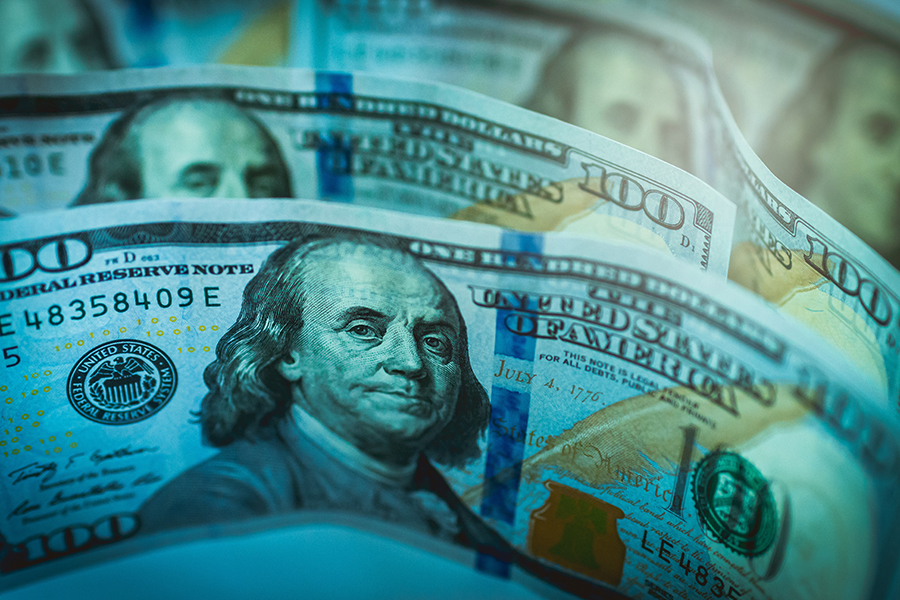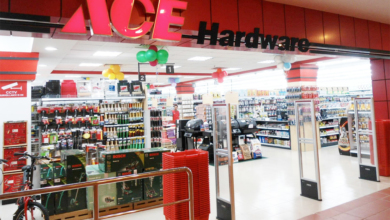What’s in the $2 Trillion Stimulus Package?

On March 27, the House of Representatives was set to vote on and was expected to approve a $2 trillion stimulus package. The Coronavirus Aid, Relief and Economic Securities Act (CARES) is designed to assist American citizens and businesses that are affected by the coronavirus pandemic. The bill passed the Senate 96-0 and was expected to be signed by President Trump.
The stark disruption to the economy caused by the COVID-19 pandemic was reflected in the record unemployment claims of 3.28 million announced March 26. The previous record for jobless claims was 695,000 in October 1982.
To address the rising number of jobless Americans, the stimulus package would greatly expand the unemployment safety net. On top of state benefits, jobless workers would receive an extra $600 every week for four months.
In addition to issuing $1,200 checks to all adults who earn up to $75,000, plus $500 per child, the stimulus package includes two loan programs to assist businesses.
Employers and self-employed individuals will be able to defer the 6.2 percent tax on wages used to fund Social Security. The deferred payroll tax would have to be paid back in two parts: half by the end of 2021 and the other half by the end of 2022.
Retailers, along with hotels and restaurants, will be able to take immediate tax deductions for improvements made to their properties.
The Treasury Department will oversee a $500 billion loan program that not only assists airlines, states and cities, it would also offer direct loan guarantees to mid-sized businesses (between 500 and 10,000 employees). Businesses would not have to make any payments on the loans for the first six months.
Businesses would also get a tax credit for keeping idled workers on the payroll, if they can prove they took a 50 percent loss compared to the same quarter in prior years. Businesses would get a refund for half of what they spend on wages, up to $5,000 per worker.
A total of $349 billion would be made available to be loaned to small businesses through the U.S. Small Business Administration (SBA). It would use the SBA’s existing 7(a) loan program framework. The SBA is also offering low-interest Economic Injury Disaster Loans for small businesses that meet the qualifications.
For more information on the stimulus package, click here.
For more information on the SBA loan programs, click here.










